Global Expansion Strategies for FinTechs in Emerging Markets: A Playbook for Leaders
2nd August 2025
 Flipkart Gets a Lending Licence: A Bold Leap into Embedded Finance
Flipkart Gets a Lending Licence: A Bold Leap into Embedded Finance
 Top Fintech Innovations Shaping 2025: The Future of Finance
Top Fintech Innovations Shaping 2025: The Future of Finance
 QR Codes and the Cashless Leap: Transforming India's Financial DNA
QR Codes and the Cashless Leap: Transforming India's Financial DNA
 How Open Banking is Shaping Financial Services Globally
How Open Banking is Shaping Financial Services Globally
.jpg) The Future of Payments: Trends Reshaping Transactions in 2025
The Future of Payments: Trends Reshaping Transactions in 2025
 The Rise of Contactless Payments: Benefits and Security Concerns
The Rise of Contactless Payments: Benefits and Security Concerns
 What the Future Holds for Digital-Only Banks: Navigating the Next Era of Banking
What the Future Holds for Digital-Only Banks: Navigating the Next Era of Banking
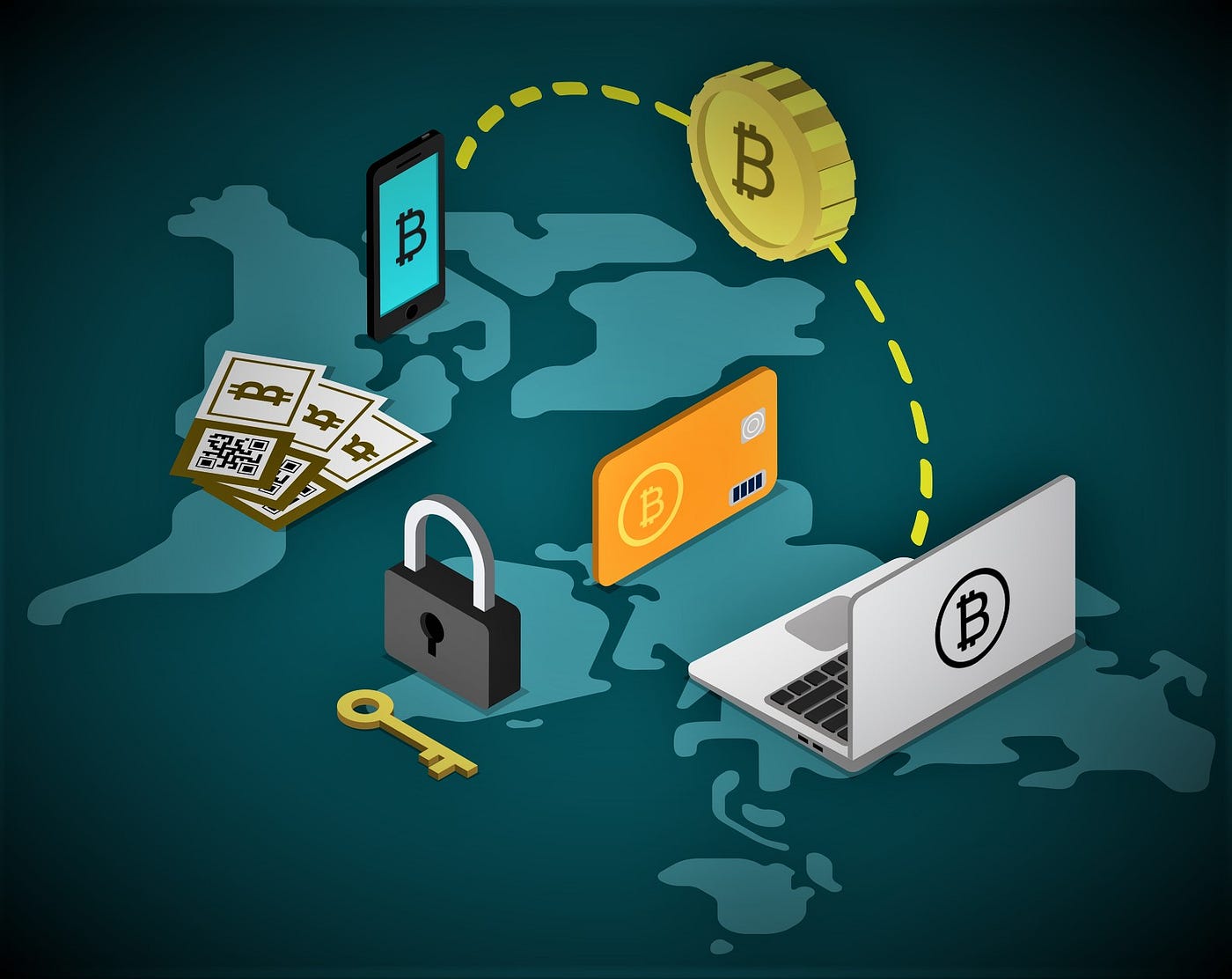 The Role of Cryptocurrencies in Cross-Border Payments
The Role of Cryptocurrencies in Cross-Border Payments
 The Evolution of Fintech Regulation: What’s Next?
The Evolution of Fintech Regulation: What’s Next?
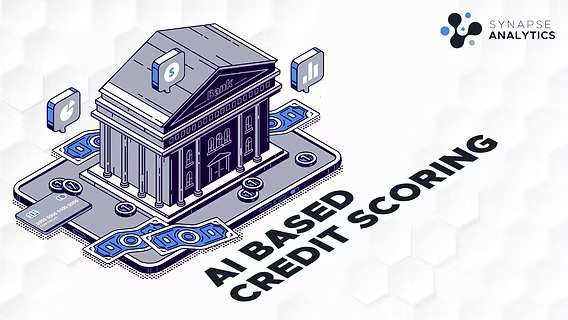 How AI is Transforming the Credit Scoring System
How AI is Transforming the Credit Scoring System
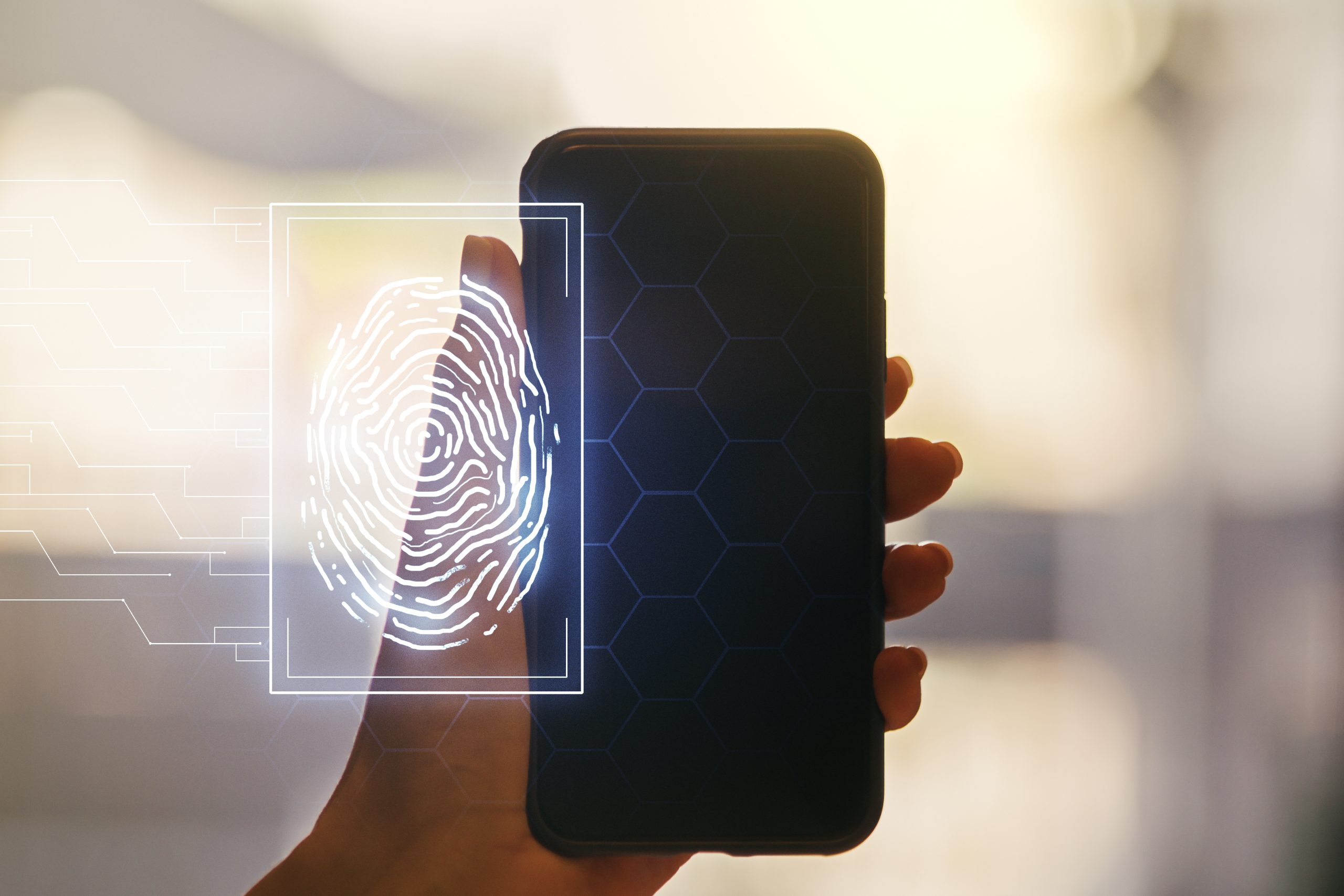 Biometric Payments: The Next Big Trend in Secure Transactions
Biometric Payments: The Next Big Trend in Secure Transactions
 The Impact of 5G on Fintech Services
The Impact of 5G on Fintech Services

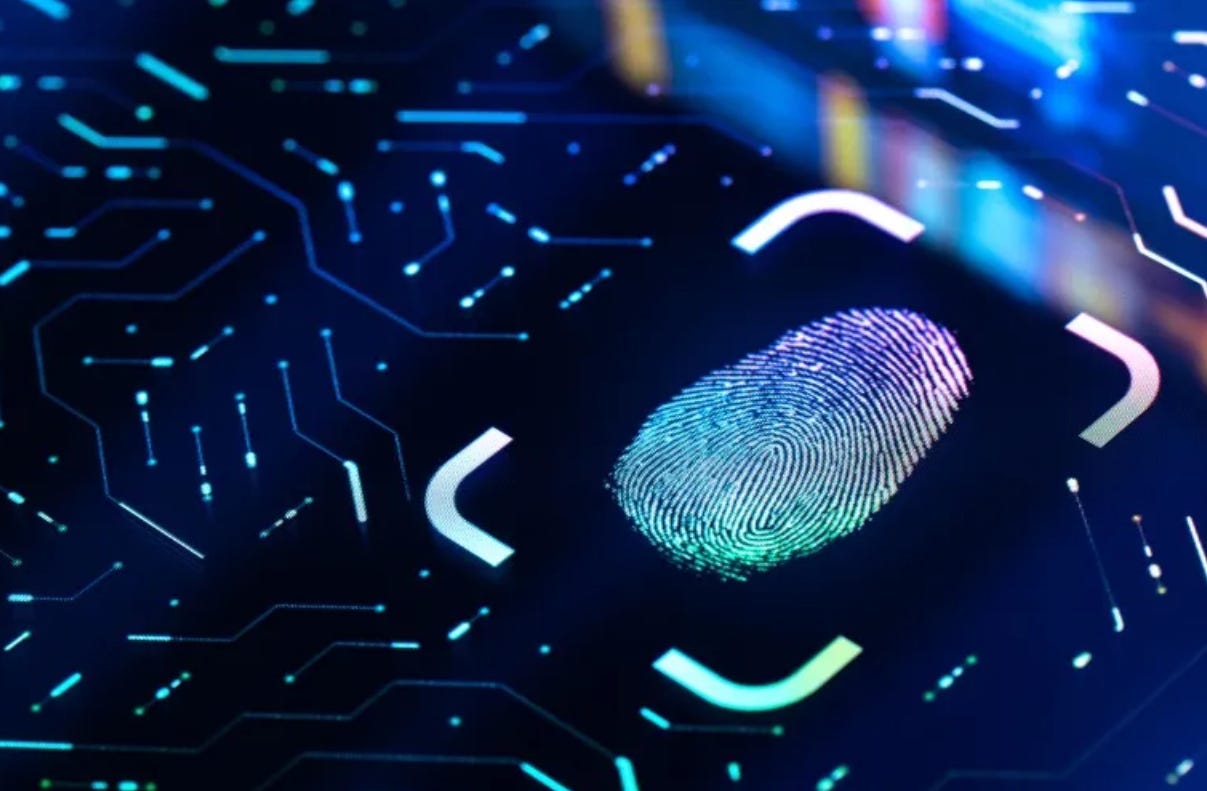
16 May 2025
3 min read
159
In the digital-first world of 2025, our identity is no longer just a piece of paper or plastic in our wallet — it’s a dynamic, data-driven construct that exists across devices, platforms, and borders. As financial services go truly global and mobile, digital identity and biometric authentication are becoming the bedrock of secure, seamless transactions.
A digital identity is a collection of verified attributes and credentials used to identify a person online. From national identity systems like India’s Aadhaar to private solutions built into banking apps, digital IDs enable individuals to access services without physical presence — a game-changer for a connected, mobile population.
But as more transactions move online, the risk of fraud, identity theft, and impersonation grows. This is where biometrics step in as a critical security layer.
Biometrics use unique physical traits — fingerprints, facial recognition, iris scans, voice — to verify a person’s identity. Unlike passwords or PINs, they can’t be forgotten, stolen, or shared.
Here’s why they’re being rapidly adopted across fintech:
Frictionless Experience: Face or fingerprint unlock reduces onboarding and transaction time.
Higher Security: Biometrics are difficult to replicate, reducing fraud risk.
Compliance-Ready: Helps meet KYC and AML regulations with stronger user authentication.
India: Aadhaar-based eKYC and facial recognition are now standard in fintech onboarding.
EU: eIDAS 2.0 pushes for interoperable digital identity across member states.
Africa: Biometric-powered mobile wallets are unlocking access for the unbanked.
USA: Banks and fintechs are integrating biometric verification in mobile apps and payment systems.
The global nature of fintech — with cross-border payments, remote onboarding, and decentralized finance — demands identity systems that are:
Portable: Recognized across jurisdictions.
Interoperable: Can integrate with various government and private systems.
Privacy-preserving: Store only what's necessary, with encryption and user control.
Biometric-backed digital identity helps address this. Whether you're in Mumbai using UPI or in Berlin sending crypto, verifying who you are is now both easier and more secure — regardless of location.
Data Privacy Concerns: Who stores biometric data? Is it encrypted? Can it be deleted?
Bias & Accuracy: Face and voice recognition systems can show bias across skin tones, accents, or lighting.
Lack of Global Standards: Varying privacy laws (like GDPR, DPDPA) create compliance headaches for global fintechs.
Over-Reliance: Biometric failure due to injury, aging, or tech glitches can lock users out.
The goal isn’t just to digitize identity — it’s to empower individuals while protecting their rights. The fintech community must champion:
User Consent: Clear opt-ins and control over what data is shared and how.
Decentralized ID Models: Blockchain and zero-knowledge proofs to give users ownership of their data.
Inclusive Tech Design: Biometric systems that work across diverse populations and devices.
In a borderless financial ecosystem, securing trust is paramount. Digital identity and biometrics are not just tools — they’re enablers of inclusion, efficiency, and resilience. For fintechs, adopting these technologies with transparency and accountability will be key to winning customer trust and staying compliant in an increasingly regulated world.
Read Next
 News
News
 News
News
 News
News
 News
News
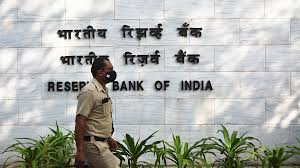 News
News
Live Polls
Live Discussion
Topic Suggestion
Whom Do You Wish To Hear
Sector Updates
Leave your opinion / comment here